By Nathan Straub
Have you ever wondered how music evolved into its current state? How did power chords, symphonies, rock concerts, Michael Jackson, and operas all come to be? This week, I will be covering three musical eras that answer a small part of these questions. These are known as the Baroque, Classical, and Romantic musical periods.
Baroque Period (1600-1750)
The Baroque period contained some of music’s most valuable innovations and composers. This period was marked by heavy ornamentation, dance-based rhythms, and a reliance on churches or wealthy families to support mainstream musicians.
J. S. Bach (1685-1750)
St. Matthew Passion
The Well-Tempered Clavier
Goldberg Variations
Antonio Vivaldi (1678-1741) (learn more about Antonio Vivaldi)
Four Seasons
Gloria
Stabat Mater
G. F. Handel (1685-1779)
Messiah
Jephtha
Serse
Classical Period (1720-1810)
The dates of the Classical period are hotly contested by music enthusiasts. Beethoven is at the root of this debate, since his music demonstrates a wide variety of styles that debatably bleed into the following period (Romantic). Influenced by the surrounding intellectual movements, this period demonstrates logic and refinement, and commentates on class systems through operatic mediums.
Wolfgang Amadeus Mozart (1756-1791)
The Marriage of Figaro
Don Giovanni
Requiem
Joseph Haydn (1732-1809)
Creation
Trumpet Concerto
The Farewell Symphony
Ludwig van Beethoven (1770-1827)
Für Elise
Symphony No. 9
Moonlight Sonata
Romantic Period (1810-1918)
Most students and parents will find recognizable music in the Romantic Period. It was here that chromaticism (playing notes outside the basic scale) and advanced harmony took off alongside the contemporary fascination with nature’s beauty as a metaphor of the human experience. During this time, composers broke free of the regimented styles of the Classical period and challenged musical forms, standard harmony, and composer reliance on the now insufficient patronage system. Composers could now rely on the rising bourgeois class for funding, which freed them to compose whatever they wanted.
Frederic Chopin (1810-1849)
Prelude in E minor op. 28 no. 4
Ballade No. 1 in G minor, op. 23
Polonaise in A-flat major op. 53
Richard Wagner (1813-1883)
The Ring Cycle
Ride of the Valkyries from Die Walküre
Pilgrim’s Chorus from Tannhauser
Robert Schumann (1810-1856)
Dichterliebe op. 48
Carnaval op. 9
Papillons op. 2
Music history is a vital part of learning an instrument. Historical context provides keen insights for students, and challenges them to think about music as a small part of a larger picture. When they play Mozart, they can think about how George Washington may have listened to Haydn’s symphonies while winning the Revolutionary War, or how Wagner’s Ride of the Valkyries accompanied World War I, or experience the Japanese exoticism in Puccini’s Madame Butterfly.
Here’s a challenge: what historical event is associated with one of your favorite songs (classical or popular?)
-------------------------------------------------------------------------------------------------------------
To learn more about Nathan, check out his Teacher Bio Page. If you are interested in signing up for lessons with AWSOM, please fill out our Enrollment Form to get started!

